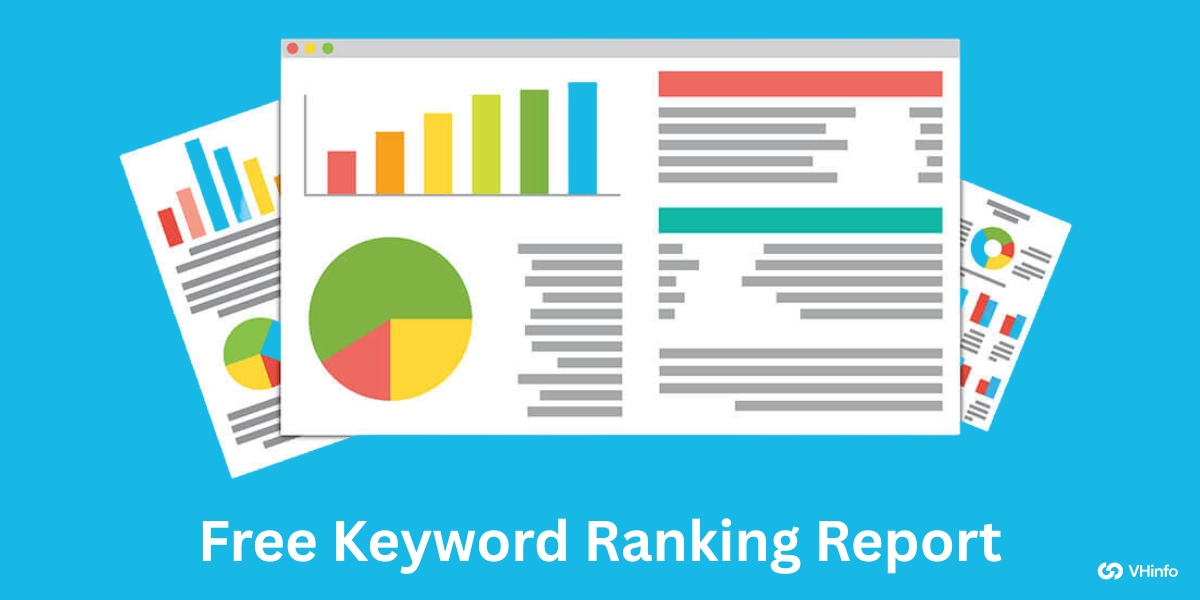As a SaaS company, driving organic traffic to your website is important for sustainable growth.
One of the most effective ways to improve your search engine rankings is by optimizing your URL slugs. But what exactly is a URL slug, and why is it so important for SEO?
In this comprehensive guide, we’ll dive deep into the world of URL slugs, providing you with actionable insights and best practices to help you create SEO-friendly URLs that drive results.
What is a URL Slug?

A URL slug is the part of a URL that comes after the domain name, serving as a unique identifier for a specific page on a website. It’s the part of the URL that describes the page’s content, making it easier for both users and search engines to understand what the page is about.
A clear URL slug enhances website usability, helping users know what to expect when clicking a link. It aids navigation and encourages content sharing.
Why Is It Called a URL Slug?
The term “slug” originated in the newspaper industry, where it referred to a short phrase used to identify an article. In the digital world, a URL slug serves a similar purpose, acting as a concise and descriptive label for a web page.
Are Website Slugs Important For SEO?
Absolutely! URL slugs play an important role in your SEO strategy. They help search engines understand the content of your pages, which can impact your search rankings. Additionally, well-created URL slugs can improve user experience and click-through rates from search results.
What’s The Difference Between URLs and Slug?
A URL (Uniform Resource Locator) is the complete web address of a page, while a slug is just a part of the URL that comes after the domain name. For example, in the URL “https://example.com/blog/what-is-a-url-slug“, “/what-is-a-url-slug” is the slug.
Does Changing the Slug Change the URL?
Yes, changing the slug will change the entire URL of the page. When you update a slug, it’s essential to set up a 301 redirect from the old URL to the new one to avoid broken links and potential loss of SEO value.
Why is a URL Slug Important For SEO Ranking?
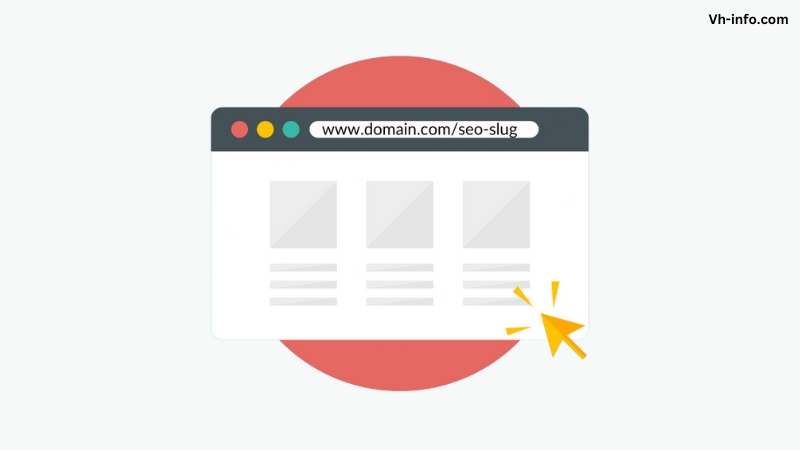
URL slugs are a ranking factor, albeit a minor one, according to Google’s John Mueller. However, the real SEO value of URL slugs lies in their ability to provide context and improve user experience. A well-created URL slug that includes relevant keywords can help both users and search engines understand the page’s content, leading to higher click-through rates and better search rankings.
Short URL Slug VS Default or Regular URL
Shorter URLs tend to perform better in search results. They’re easier to read, remember, and share. A concise URL slug that includes your target keyword is more likely to attract clicks and improve your search visibility compared to a long, complex URL.
Benefits of Using a Keyword in Short Link URL Slug
- Higher Click-Through Rates (CTR): When your URL slug includes a relevant keyword, it’s more likely to catch the attention of users in search results. A descriptive slug that matches the user’s search intent can lead to higher click-through rates, driving more targeted traffic to your website.
- More User-friendly and Memorable URLs: A short, keyword-rich URL slug is easier for users to read, understand, and remember. This can encourage users to share your content or directly type your URL into their browser, increasing your website’s visibility and referral traffic.
- Improved Branding: Including your brand name or relevant keywords into your URL slugs can help strengthen your brand identity and make your content more recognizable in search results. Consistent, branded URL slugs can contribute to a more cohesive and professional online presence.
The Dos and Don’ts of Writing a URL Slug
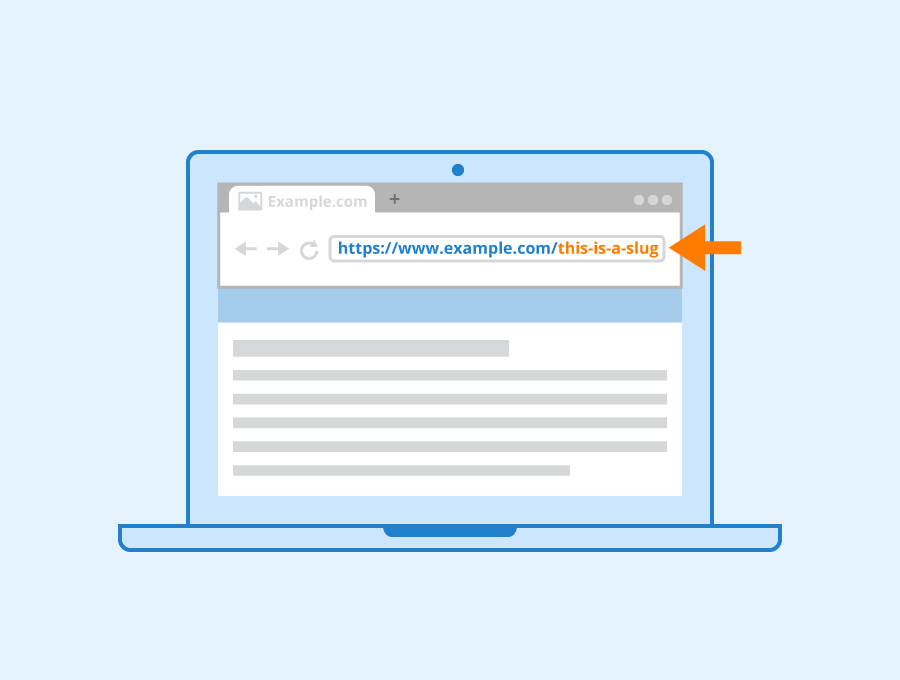
Do’s
- Keep your slugs short and descriptive
- Use hyphens to separate words
- Include your target keyword
- Use lowercase letters
- Make your slugs readable and user-friendly
Don’ts
- Don’t use underscores, spaces, or special characters
- Avoid keyword stuffing
- Don’t include dates or numbers that can make your content appear outdated
- Don’t use generic or irrelevant words
- Avoid using URL parameters when possible
How to Create the Best URL Slugs For SEO?
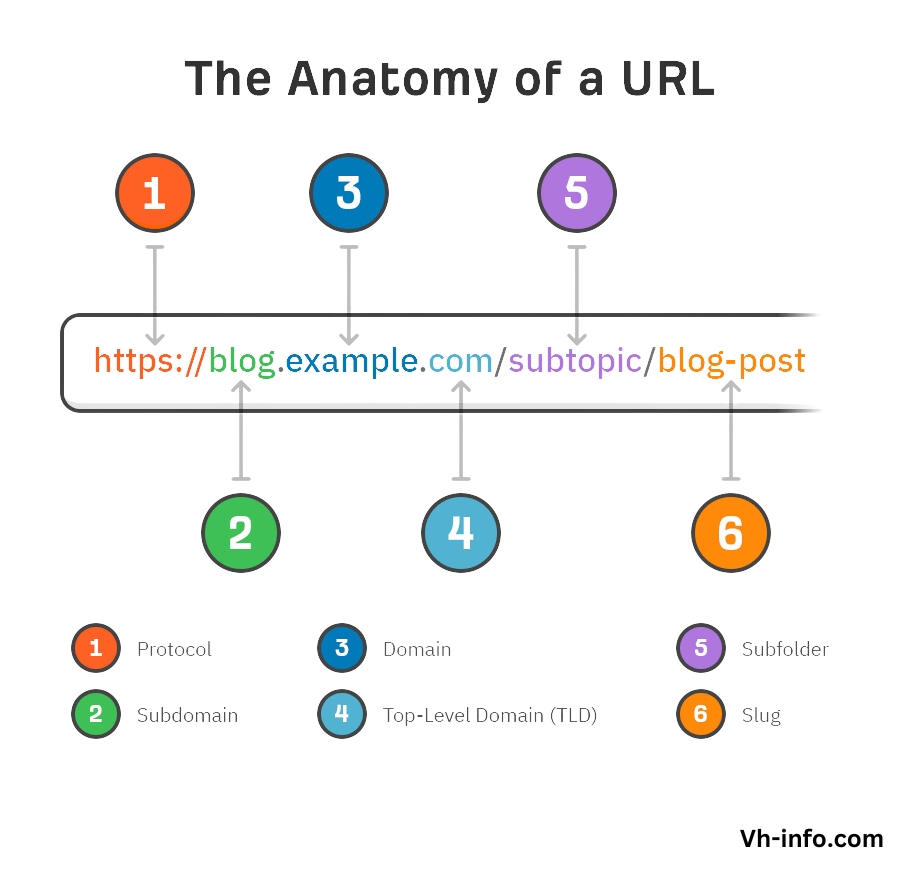
- Use the “-” Symbol: Use hyphens to separate words in your URL slugs. This makes your URLs more readable for both users and search engines. Avoid using underscores, spaces, or other special characters.
- Keep Your Slugs Short: Aim for concise URL slugs that accurately describe your page’s content. Shorter URLs are easier to read, remember, and share. Try to keep your slugs under 60 characters when possible.
- Include Target Keywords: Include your primary target keyword into your URL slug. This helps search engines understand the main topic of your page and can contribute to better search rankings. However, avoid keyword stuffing, as it can negatively impact your SEO.
- Match Slugs to Headlines: When creating URL slugs for blog posts or articles, try to match them closely to your page titles. This ensures consistency and makes it easier for users to understand what your content is about.
- Avoid Dating Your Slugs: Unless your content is specifically tied to a certain date or event, avoid including dates in your URL slugs. Dated URLs can make your content appear outdated and may discourage users from clicking through to your pages.
- Use Lowercase Letters: Always use lowercase letters in your URL slugs. Uppercase letters can sometimes lead to duplicate content issues or broken links, as some web servers treat uppercase and lowercase URLs differently.
- Update Old Slugs: Consider updating poorly optimized URL slugs to follow SEO best practices, but be cautious as it can impact search rankings. Set up proper 301 redirects from old URLs to new ones to minimize SEO losses.
How to Choose the Right Keyword For a URL Slug?
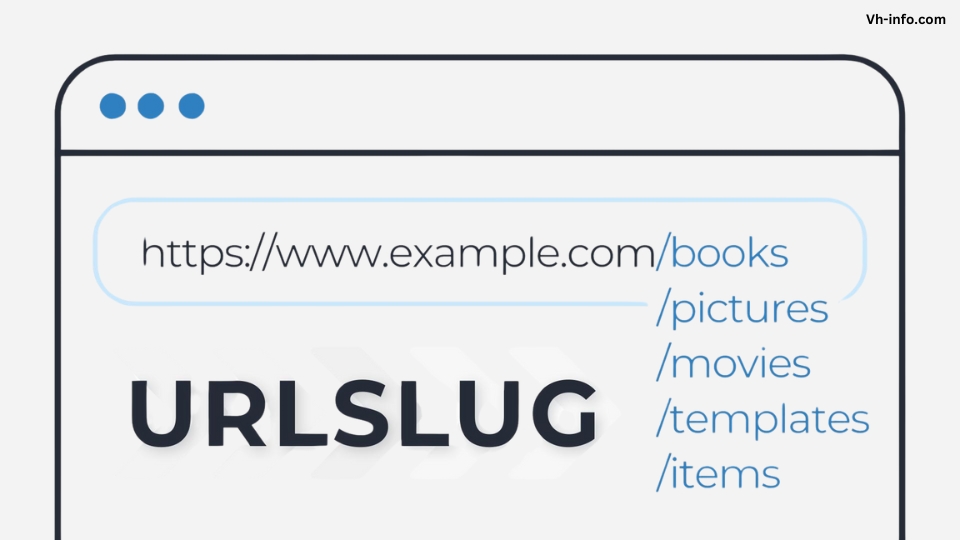
- Employ Benefit-Driven Words: When selecting keywords for your URL slugs, focus on terms that highlight the benefits or value your content provides to users. This can help attract more clicks and drive targeted traffic to your pages.
- Use Memorable Words: Choose keywords that are memorable and easily associated with your brand or content. This can encourage users to directly type your URL into their browser or share your content with others.
- Choose Relevant Keywords: Ensure that the keywords you use in your URL slugs are highly relevant to your page’s content. Avoid using generic or irrelevant keywords, as this can confuse users and search engines alike.
- Don’t Ignore Branding: While including target keywords is important, don’t forget to include your brand name or unique selling proposition in your URL slugs when appropriate. This can help strengthen your brand identity and make your content more recognizable in search results.
URL Slug Best Practices
- Make Them Readable: Ensure your URL slugs are easy to read and understand. Use clear, descriptive words that accurately represent your page’s content.
- Keep it Short: Aim for concise URL slugs, ideally under 60 characters. Shorter URLs are easier to read, remember, and share.
- Include Relevant Keywords: Incorporate your primary target keyword into your URL slug to help search engines understand the main topic of your page.
- Stick to Lower-Case: Always use lowercase letters in your URL slugs to avoid potential duplicate content issues or broken links.
- Use Hyphens: Use hyphens to separate words in your URL slugs, making them more readable for both users and search engines.
- Future-Proof by Removing Dates and Numbers: Unless your content is specifically tied to a certain date or event, avoid including dates or numbers in your URL slugs, as they can make your content appear outdated.
How to Change Your URL Slug in WordPress?
Changing your URL slug in WordPress is a simple process:
- Log into your WordPress dashboard
- Navigate to the page or post you want to edit
- Click on the “Edit” button next to the “Permalink” field below the title
- Update the slug to your desired text
- Click “OK” to save the changes
Remember to set up a 301 redirect from the old URL to the new one to avoid broken links and potential SEO losses.
What Happens When You Change the URL Slug?
When you change a URL slug, you’re essentially creating a new URL for your page. This means that any links pointing to the old URL will no longer work, potentially leading to a poor user experience and loss of SEO value.
The Ripple Effect of Changing a Slug
- SEO Implications: Changing a URL slug can impact your search rankings, as search engines may take some time to discover and index the new URL. Additionally, any backlinks pointing to the old URL will no longer pass link equity to your page, which can negatively affect your SEO.
- User Experience at Stake: When users click on a link to your old URL, they’ll encounter a broken link or a 404 error page. This can lead to a frustrating user experience and may discourage users from engaging with your content in the future.
- The Redirect Lifesaver: To mitigate the negative effects of changing a URL slug, it’s important to set up a 301 redirect from the old URL to the new one. This tells search engines and users that the page has permanently moved to a new location, helping to preserve your search rankings and maintain a positive user experience.
URL Slug Formatting Tips
- Capitalization: Always use lowercase letters in your URL slugs. Uppercase letters can sometimes lead to duplicate content issues or broken links.
- Character Limits: While there’s no strict character limit for URL slugs, it’s best to keep them concise. Aim for slugs under 60 characters when possible.
- Reusing Old URLs: Avoid reusing URL slugs that you’ve previously used for other pages. This can confuse search engines and users, potentially leading to duplicate content issues or a poor user experience.
- Reserved URL Slugs: Some URL slugs, such as “admin” or “login,” are often reserved for specific functions on a website. Avoid using these reserved slugs for your regular pages to prevent potential conflicts.
- Collection URL Slugs: For e-commerce websites, it’s important to create descriptive and user-friendly URL slugs for your product collections. Use clear, keyword-rich slugs that accurately represent the products within each collection.
URL Slug Examples
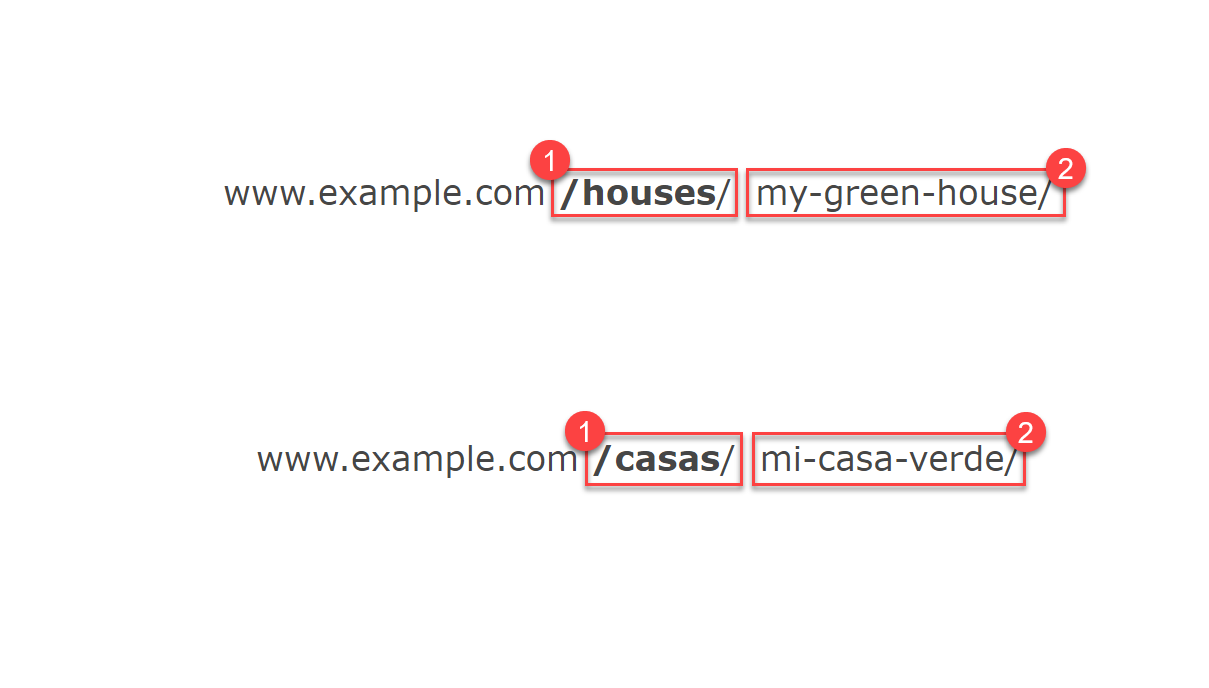
Here are some examples of well-created URL slugs:
- https://example.com/blog/mastering-url-slugs-for-seo
- https://example.com/products/wireless-bluetooth-headphones
- https://example.com/services/saas-link-building-strategies
- https://example.com/resources/ultimate-guide-to-content-marketing
FAQ’s:
Is It Bad to Change a URL Slug?
Changing a URL slug can have negative effects on your SEO and user experience if not handled properly. Always set up a 301 redirect from the old URL to the new one to minimize any potential issues.
What is the Maximum Length of a URL Slug?
There’s no strict limit on the length of a URL slug. However, it’s best to keep them concise, ideally under 60 characters, for better readability and user experience.
What Happens if I Change the URL Slug of the Page?
When you change the URL slug of a page, you create a new URL. This means that any links pointing to the old URL will no longer work, potentially leading to broken links and a poor user experience. Always set up a 301 redirect from the old URL to the new one to mitigate these issues.
What is the Difference Between Slug and Permalink?
A slug is the part of a URL that comes after the domain name, while a permalink is the full, permanent URL of a specific page or post on a website.
Is Slug a Critical Factor For Ranking?
While URL slugs are a ranking factor, they are considered a minor one. However, well-created URL slugs can indirectly impact your SEO by improving user experience, click-through rates, and the overall relevance of your content.
What Are The Best SEO Keywords to Use in a URL Slug?
The best SEO keywords to use in a URL slug are those that accurately represent your page’s content and match the user’s search intent. Focus on using clear, descriptive, and relevant keywords that highlight the main topic or benefit of your page.
Can Special Characters Be Used in a URL Slug, And if So, What Are The Recommendations?
While it’s technically possible to use special characters in a URL slug, it’s generally recommended to avoid them. Stick to using lowercase letters, numbers, and hyphens to separate words. Special characters can sometimes cause issues with URL encoding and may make your URLs less readable or shareable.
Conclusion
URL slugs play an important role in your website’s SEO and user experience. By creating descriptive, keyword-rich, and user-friendly URL slugs, you can improve your search rankings, attract more targeted traffic, and provide a better overall experience for your users.
At VH-info, we help SaaS firms with link-building, like making SEO-friendly URL slugs. With our guide, boost your site’s SEO for growth. Remember, mastering URL slugs is a part of success. To excel in SaaS, create a full SEO plan covering content, links, and tech.
Need help with SaaS link building? VH-info offers expert support to outrank rivals and succeed long-term with search engine results.
Don’t let poor URL slugs hold your website back. Start optimizing your slugs today and unlock the full potential of your online presence. With the right approach and a trusted partner like VH-info, you can take your SaaS business to new heights and dominate your industry.


